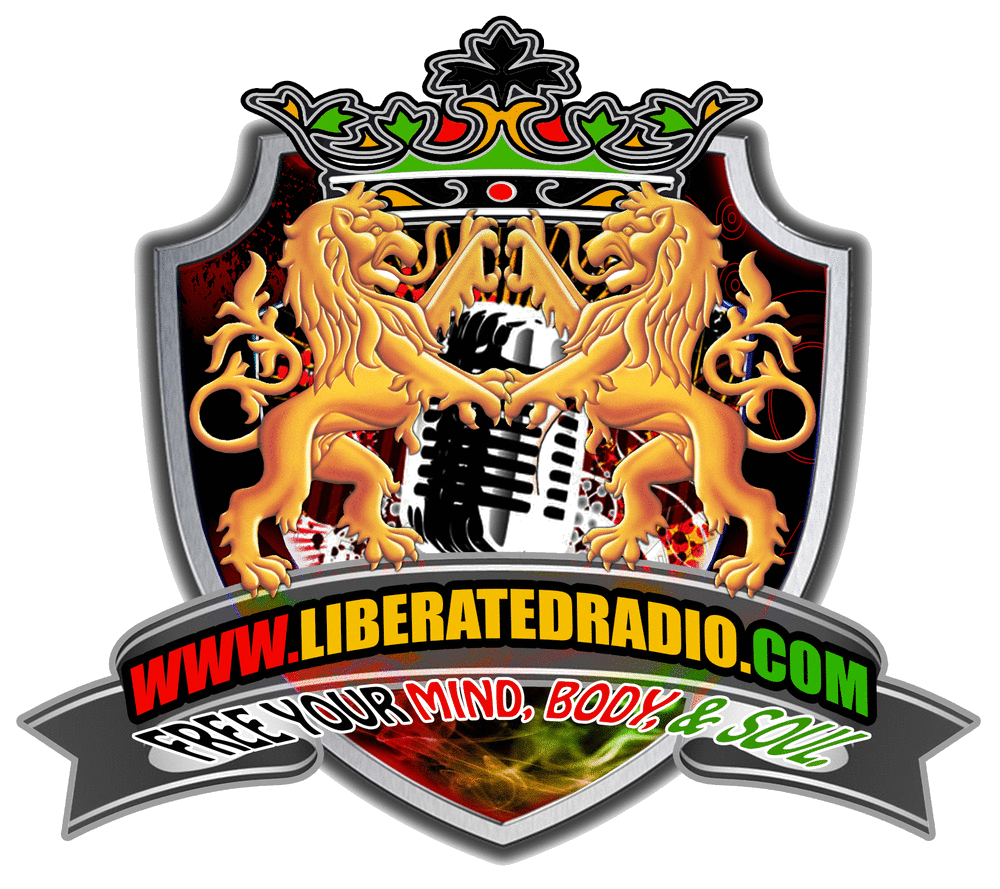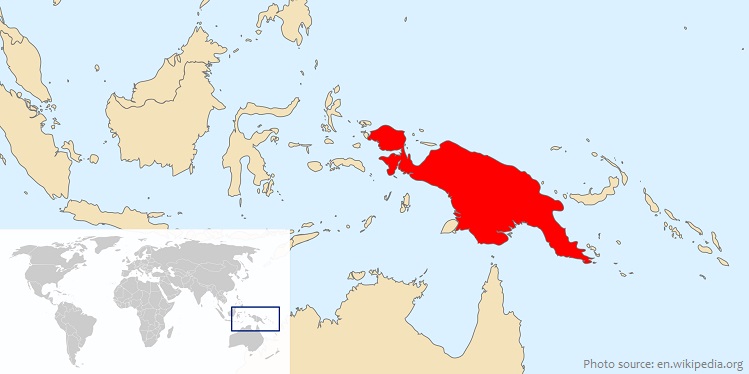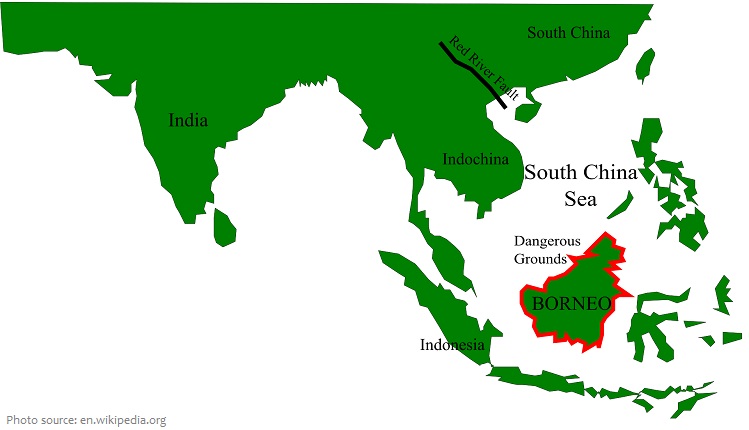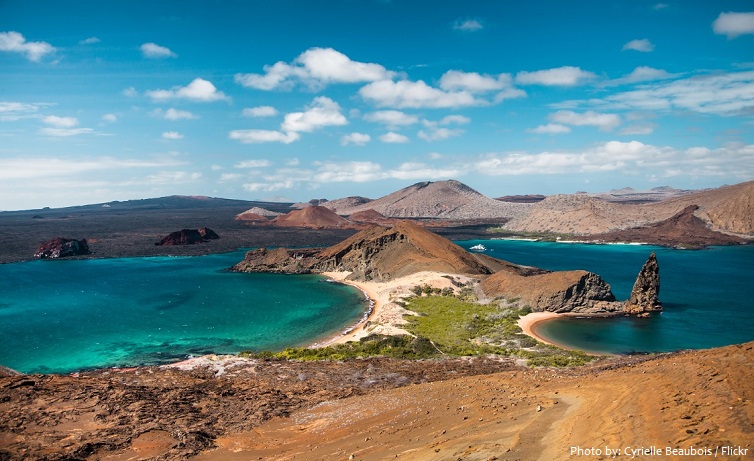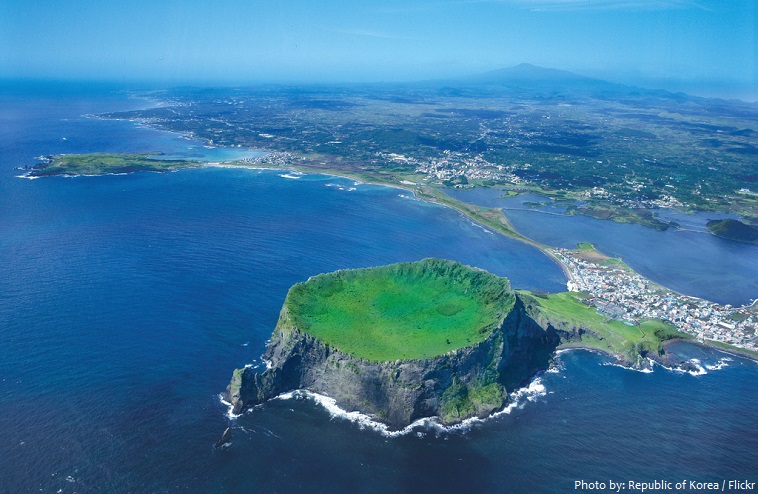Interesting facts about islands
Interesting facts about islands
An island is a land mass smaller than a continent and is completely surrounded by water.
Islands may occur in oceans, seas, lakes, or rivers.
There are two main types of islands in the sea: continental and oceanic. There are also artificial islands, which are man-made.
Oceanic islands are those that rise to the surface from the floors of the ocean basins.
Continental islands are simply unsubmerged parts of the continental shelf that are entirely surrounded by water. Many of the larger islands of the world are of the continental type.
Greenland is the world’s largest island, located between the Arctic and Atlantic oceans, east of the Canadian Arctic Archipelago. The total area of Greenland is 2,166,086 square kilometers (836,330 square miles). It is around 2,650 kilometers (1,650 miles) long (north-south) and up to 1,000 kilometers (620 miles) wide (east-west). Greenland is continental island and is composed of the same materials as the adjacent North American continent, from which it is separated by a shallow and narrow sea.
New Guinea is the world’s second largest island. It is part of the Australian continental platform and is separated from it only by the very shallow and narrow Torres Strait. The total area of New Guinea is 785,753 square kilometers (303,381 square miles). The eastern half of the island is the major land mass of the independent state of Papua New Guinea. The western half, known as Western New Guinea or West Papua, forms a part of Indonesia and comprises the provinces of Papua and West Papua.
Borneo is the third largest island in the world and the largest in Asia. The total area of Borneo is 743,330 square kilometers (287,000 square miles). The island is politically divided among three
countries: Malaysia and Brunei in the north, and Indonesia to the south. It is the only island in the world to be politically administered by three countries at a time.
Madagascar is the fourth largest island in the world and the largest in Africa. It is also the 2nd largest island country in the world. It has a total area of 587,040 square kilometres (226,660 square miles). Madagascar is a biodiversity hotspot; over 90% of its wildlife is found nowhere else on Earth. The island’s diverse ecosystems and unique wildlife are threatened by the encroachment of the rapidly growing human population and other environmental threats.
Indonesia is the world’s largest island country by area (1,919,440 square kilometers (741,100 square miles)), and by total number the islands (more than 18,307) – it is also the world’s most populous island country, with a population of about 270 millions.
Singapore is a sovereign island city-state in maritime Southeast Asia. The country’s territory is composed of one main island, 63 satellite islands and islets, and one outlying islet. It’s the only
country in the world that’s also a city and an island.
The Galapagos Islands are located in the Pacific Ocean approximately 906 kilometers (563 miles) west of mainland Ecuador. The Galapagos Islands is a group that consists of 13 main islands, 6 smaller islands, and 107 islets or rocks. The Galapagos Islands are Made famous by Charles Darwin, this chain of islands hosts an incredible array of wildlife. The Darwinian Theory of the Origin of Man was mostly fomented by the study of the Galapagos Islands.
Jeju Island also known as Jejudo is the largest island off the coast of the Korean Peninsula. The island is the world’s first recipient of UNESCO’s triple crowns in the fields of nature and science –
Biosphere Reserve (2002), World Natural Heritage (2007) and World Geoparks (2010). Also, in 2011, Jeju was voted as one of the New 7 Wonders of Nature.
Easter Island is an island and special territory of Chile in the southeastern Pacific Ocean, at the southeasternmost point of the Polynesian Triangle in Oceania. Easter Island is most famous for its nearly 1,000 extant monumental statues, called moai, created by the early Rapa Nui people. In 1995, UNESCO named Easter Island a World Heritage Site.
The word “island” derives from Middle English iland, from Old English igland – from ig or ieg, similarly meaning ‘island’ when used independently, and -land carrying its contemporary meaning.
An islet is a very small island. Most definitions are not precise, but some suggest that an islet has little or no vegetation, and cannot support human habitation.
A skerry is a small rocky island, or islet, usually too small for human habitation. It may simply be a rocky reef. A skerry can also be called a low sea stack.
A cay, also spelled caye or key, is a small, low-elevation, sandy island on the surface of a coral reef.
An island in a river or a lake island may be called an eyot or ait. It is especially used to refer to river islands found on the River Thames and its tributaries in England.
Sedimentary islands in the Ganges delta are called chars.
A group of islands is called an archipelago.
FEATURED POST
News
- ‘Joker: Folie a Deux’ New Trailer Unveiled:...
Lady Gaga and Joaquin Phoenix have teamed up to play the iconic Harley Quinn and Joker. Get all the […]
- President Joe Biden To Address Nation After...
It has been two days since President Joe Biden announced he will not run for reelection. Following […]
- Vice President Kamala Harris Attends First...
Kamala Harris attends first campaign rally.
- Kathy Hilton Says Kyle Richards Is ‘Hanging in...
Kathy Hilton said she had to calm Kyle Richards down after Mauricio Umansky was photographed […]
- Hailee Steinfeld and Josh Allen Confirm...
Hailee Steinfeld and Josh Allen hard launch their relationship.
- Karol G’s ‘Mañana Sera Bonito’ Tour Comes...
Karol G comes to the end of the 'Mañana Sera Bonito' era.
- Discussing Creative Director and Producer Sara...
Creative direction and production may sound simple enough on paper, but the reality is often […]
- Princess Charlotte Shares Matching Friendship...
Prince George, King Charles III, and Princess Charlotte have been spotted wearing similar […]
- Hailey Bieber Responds to Divorce Rumors About...
While speaking with 'W Magazine,' Hailey pointed out that people have been attacking her and […]
- Celine Dion Arrives in Paris for Olympics Amid...
The powerful singer is rumored to be making a comeback performance for the 2024 Olympic Games in […]
Chart

